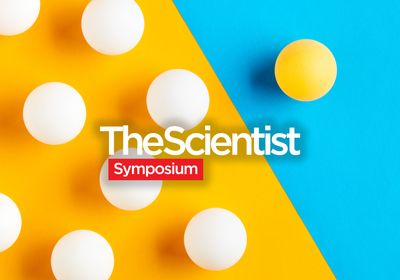
Although the scientific community has over the last 40 years uncovered roughly 100 genes contributing to congenital heart disease, 80 percent of cases still have unknown genetic causes. This is something that challenged Mirana Ramialison, an associate professor at the Australian Regenerative Medicine Institute. Coming from an engineering, bioinformatics, and developmental genomics background helped Ramialison recognize how much about the heart remains to be discovered. “People think that because the heart is such an important organ, we know everything about it, and it’s only when I approached the heart from a genomics context that I realized how much we don’t know,” Ramialison explained.
The seemingly basic question of “which genes are important for the heart?” spurred Ramialison and her team to pursue a fuller picture. Heart disease research has historically centered on restoring function by improving mechanical kinetics and promoting structural repair, and this has, until recently, overshadowed the fact that the heart is a dynamic organ. However, it is becoming clearer with each new study that the heart is driven by a diverse collection of cells—not just contractile cardiomyocytes—constantly responding to myriad shifting physical, electrical, chemical, and genetic signals. In an article published in the Journal of Molecular and Cellular Cardiology, Ramialison’s team documented the creation of 3D-cardiomics, a three-dimensional gene expression atlas of the murine adult heart generated from RNA-sequencing of 18 anatomical sections.
Ramialison and her team wanted to explore the relationship between cardiac gene expression and disease, and did so by algorithmically grouping genes that showed similar spatial expression patterns. “We want to identify which genes could be responsible for a defect present in a specific anatomical region. For example, if you find a gene to be modified that is well known to be involved in disease, and then that gene is clustered with several others, now, in one click, you have new candidate genes potentially predictive for that disease,” Ramialison said.
Tethering genotype and phenotype is important for cardiac care, said Gavin Oudit, a staff cardiologist and professor of medicine at the University of Alberta, who was not involved in this study. “Understanding these monogenetic and polygenetic bases for [diseases that affect heart function], taken in conjunction with the clinical phenotype, will hopefully allow us to come up with very specialized precision medicine-based therapy approaches.”
Accessibility was a major focus for Ramialison and her team when developing 3D-cardiomics. “We want this resource to be available for everyone. We want clinicians to be able to use it, we want researchers to be able to use it, we even want the public to be able to use it,” said Ramialison. Her team is also working on allowing users to look at cardiac gene expression data in virtual reality. As such, the model includes a novel navigable and interactive interface for cardiac spatial transcriptome analysis and visualization, and it is also capable of displaying datasets provided by other users.
“The spatial genetic footprint might tip us off to relationships that we may not have thought about before.”
— Mirana Ramialison, the Australian Regenerative Medicine Institute and the Murdoch Children’s Research Institute
Ramialison hopes that the latter will help researchers working on other facets of cardiac function and health. For example, the team unexpectedly found a gene pattern that was common to the septum, right atrium, and apex. Because there is no common physical structure spanning those three regions, they hypothesized that this pattern may affect electrical conduction. “It’s amazing because the spatial genetic footprint might tip us off to relationships that we may not have thought about before. It shows how people might find something new if they use our interface to look at the genes that interest them most,” Ramialison said. Oudit concurs, calling this a beautiful example of how technology meets science. “Without technological progress, none of this would have been possible. From the Human Genome Project and next-generation sequencing to advances in software and hardware, and I think the next step will be things like machine learning and artificial intelligence.”
Ultimately, Ramialison believes that this is the first step on a long journey. “It’s good to remind ourselves that this is just one part of the picture. There’s a whole ecosystem [in the heart] beyond cardiomyocytes, with many different cell types, which are affected by spatial positioning as well.2 We also need to look at proteomics, lipidomics, and so on, in order to claim that we truly understand what’s happening.”
References
- M. Mohenska et al., “3D-cardiomics: A spatial transcriptional atlas of the mammalian heart,” J Mol Cell Cardiol, 163:20-32, 2022.
- M. Litviuková et al., “Cells of the adult human heart,” Nature, 588:466-72, 2020.





